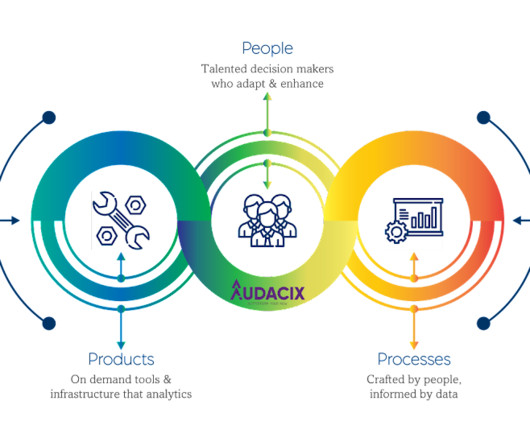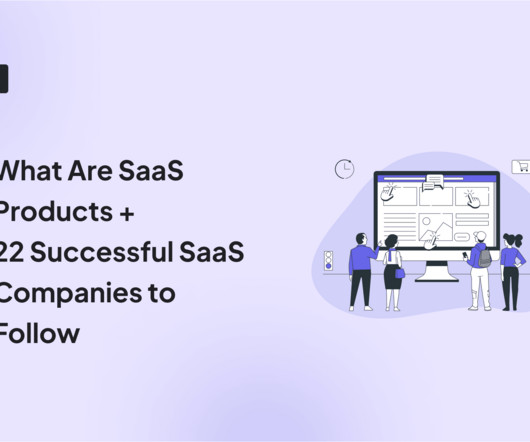User Model: What SaaS platform builders need to know to prepare for growth, Part 1
CloudGeometry
JANUARY 15, 2022
The simplifying power of the MVC software design pattern makes it tempting to assume that SaaS and web application development is no more than a web-based version of a 3-tier stack. For a deep dive, have a look at the AWS Definitions – SaaS Lens ; for a deeper dive, see the Google DevOps Catalog here.














Let's personalize your content